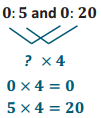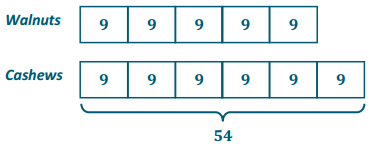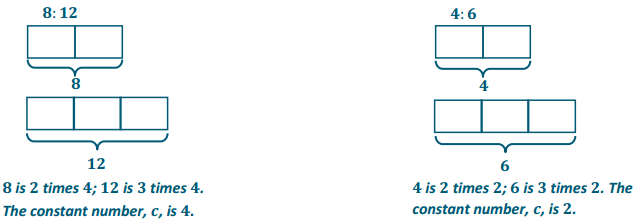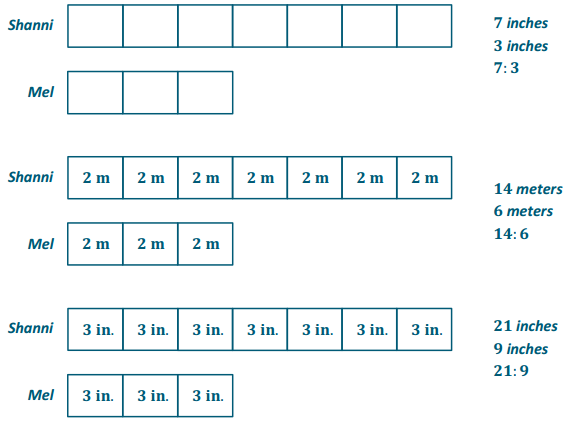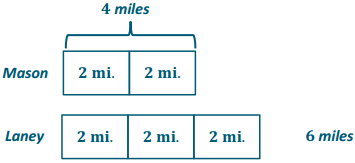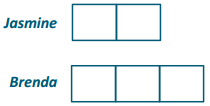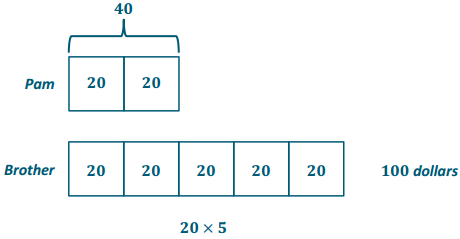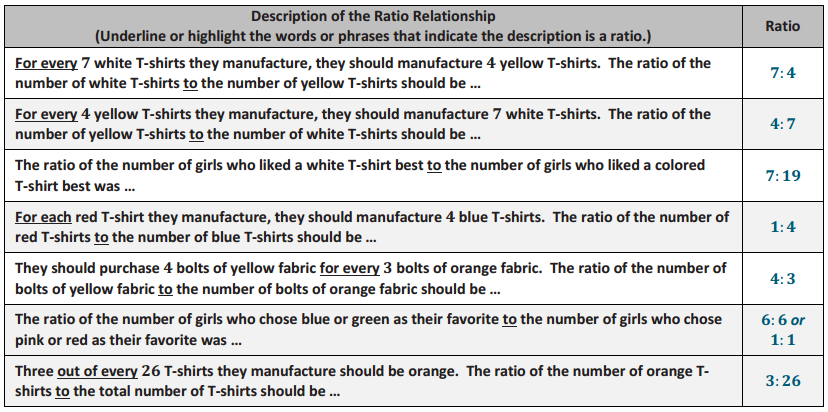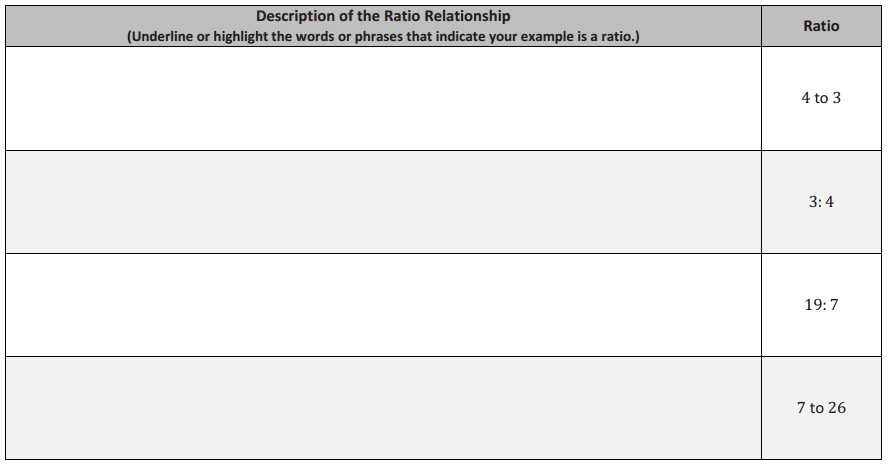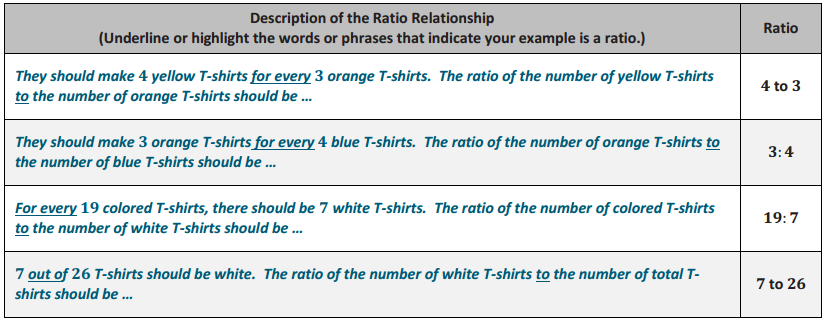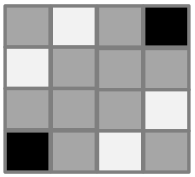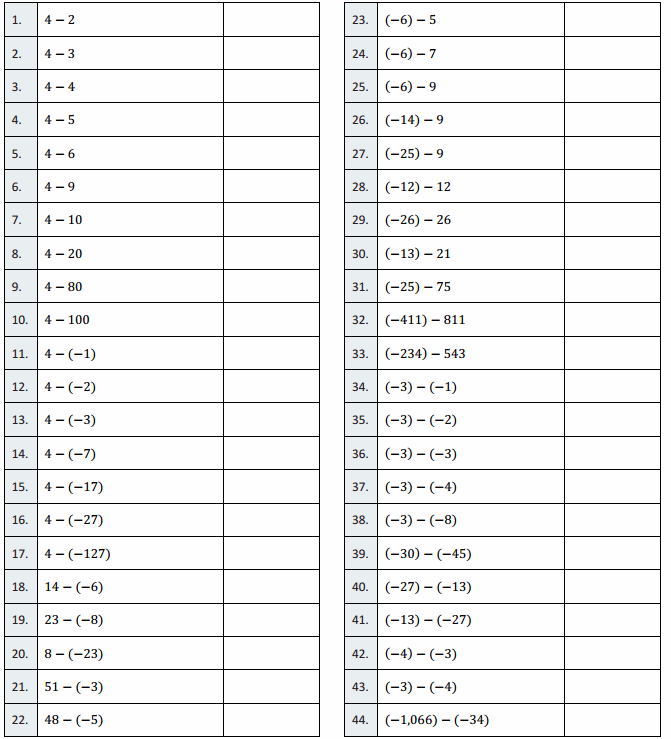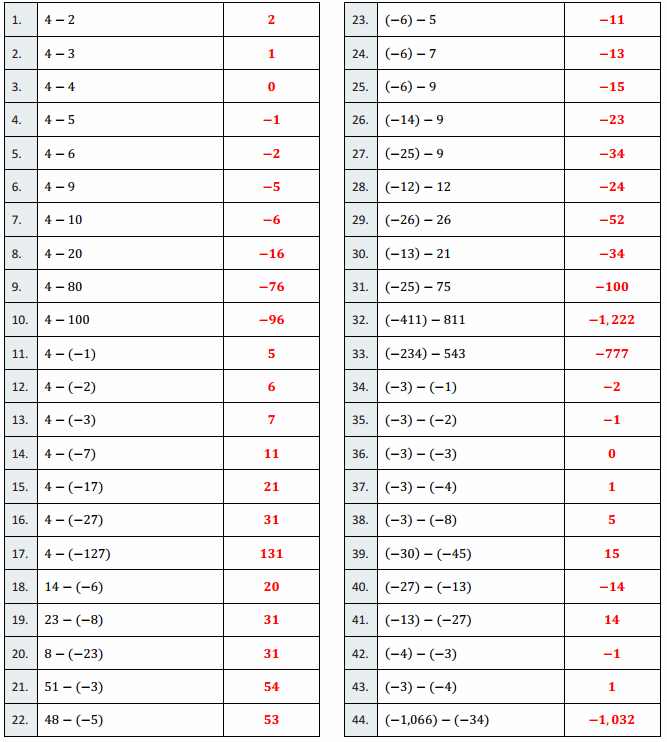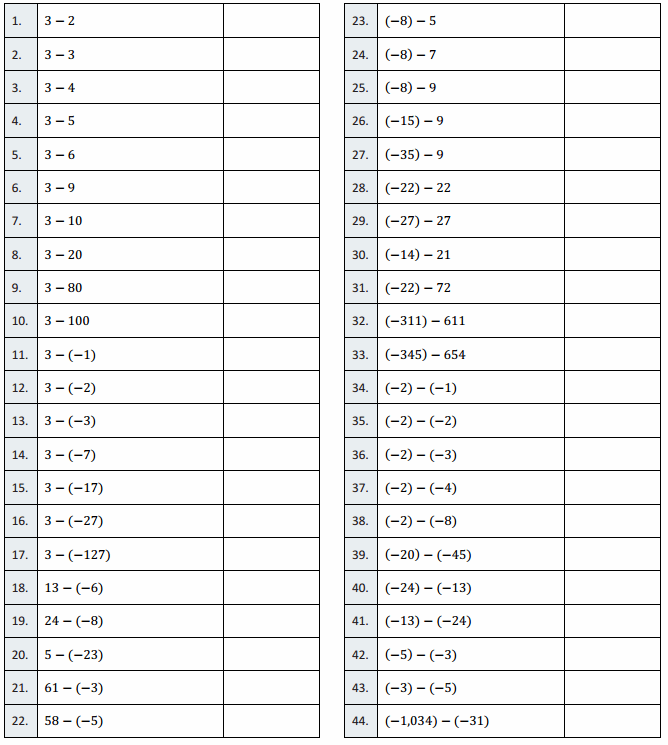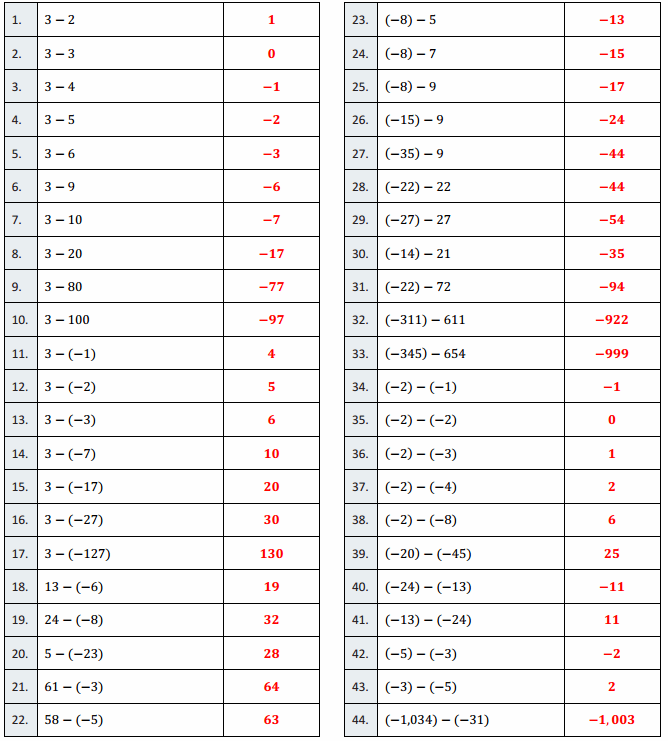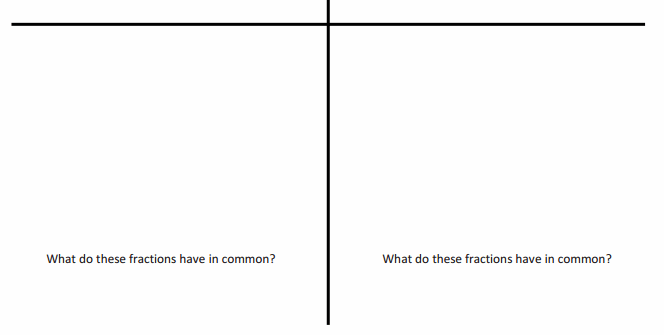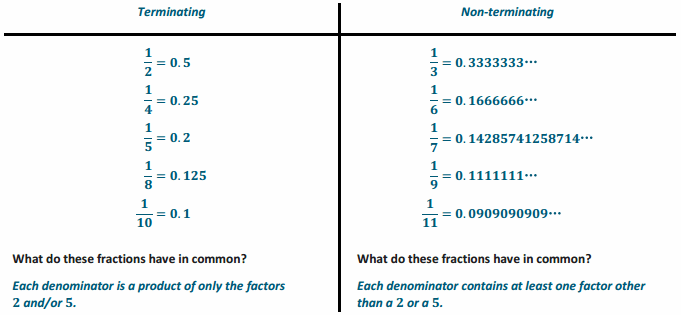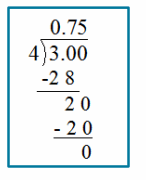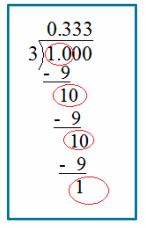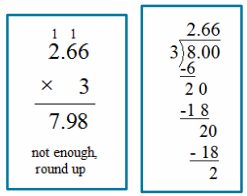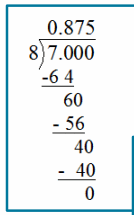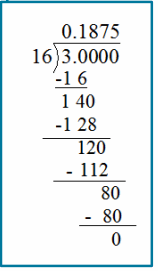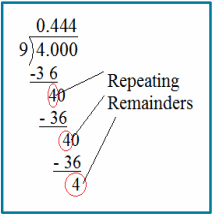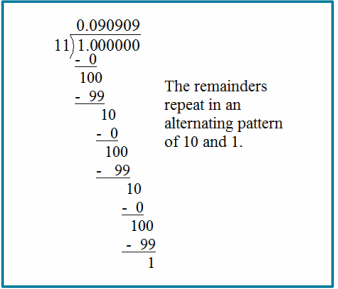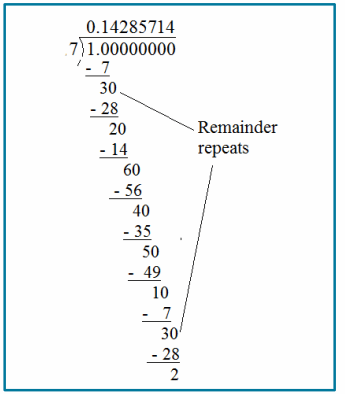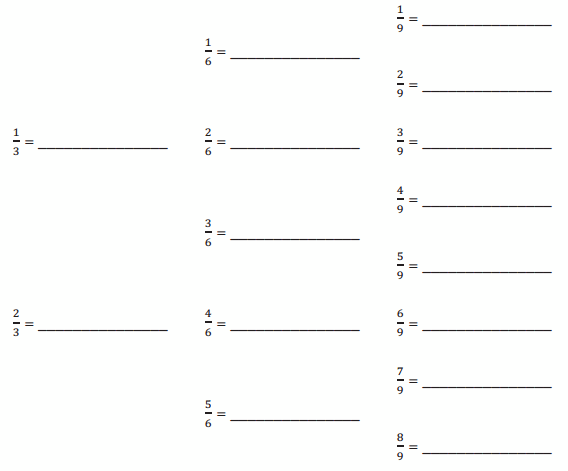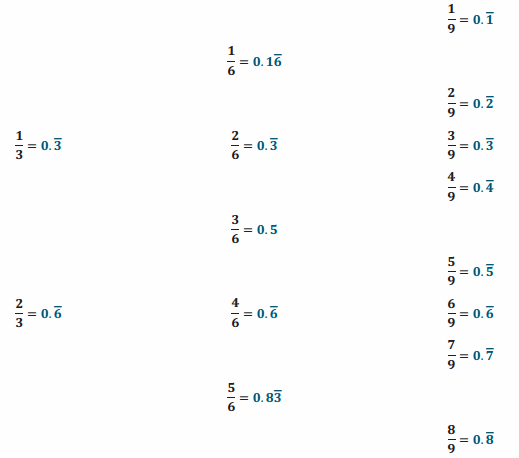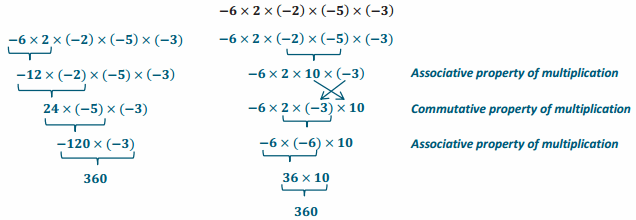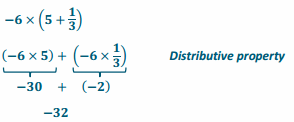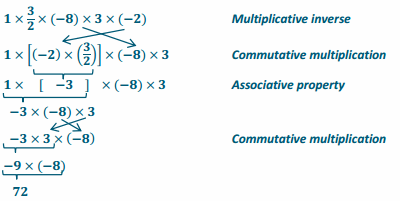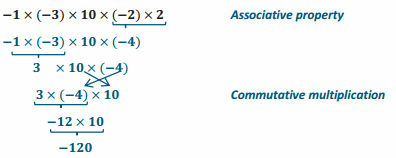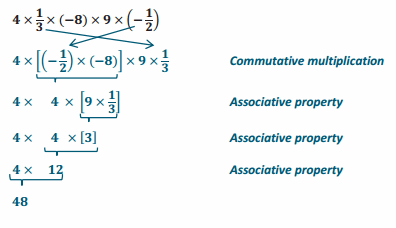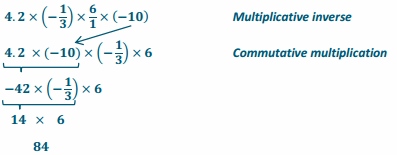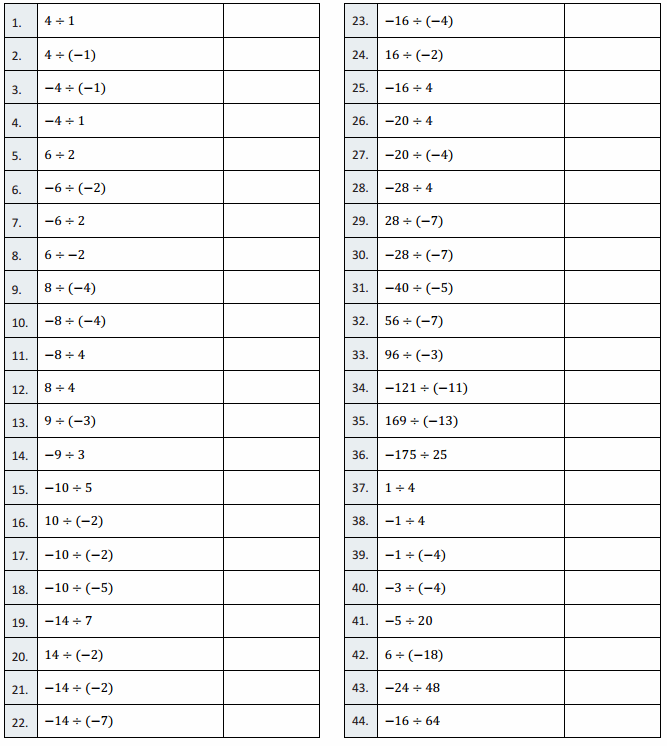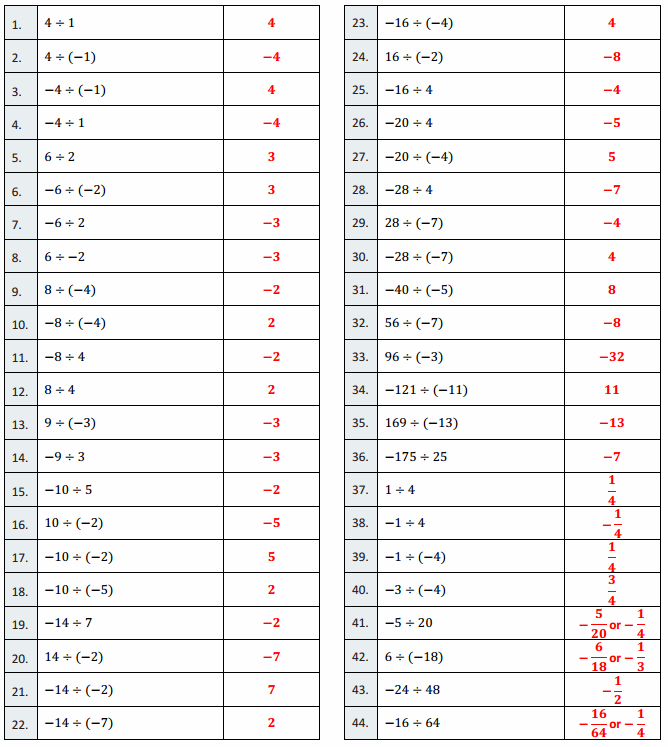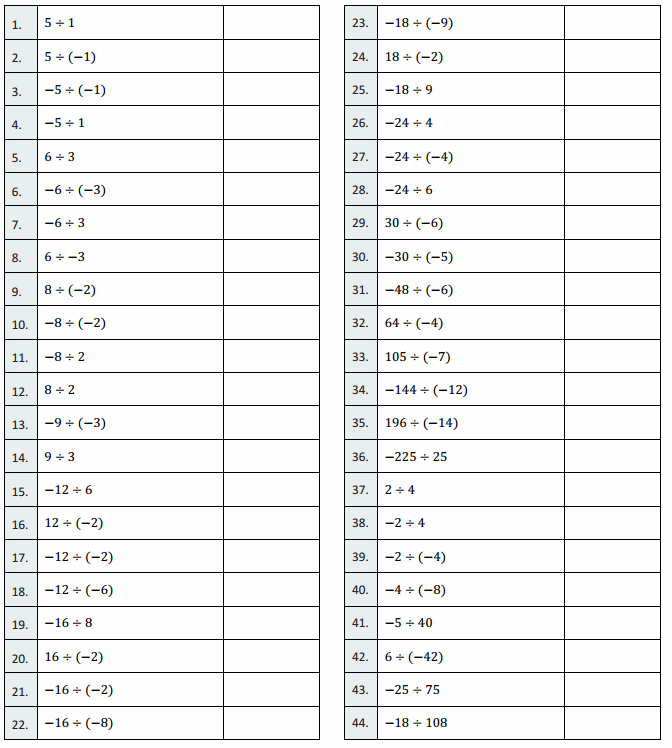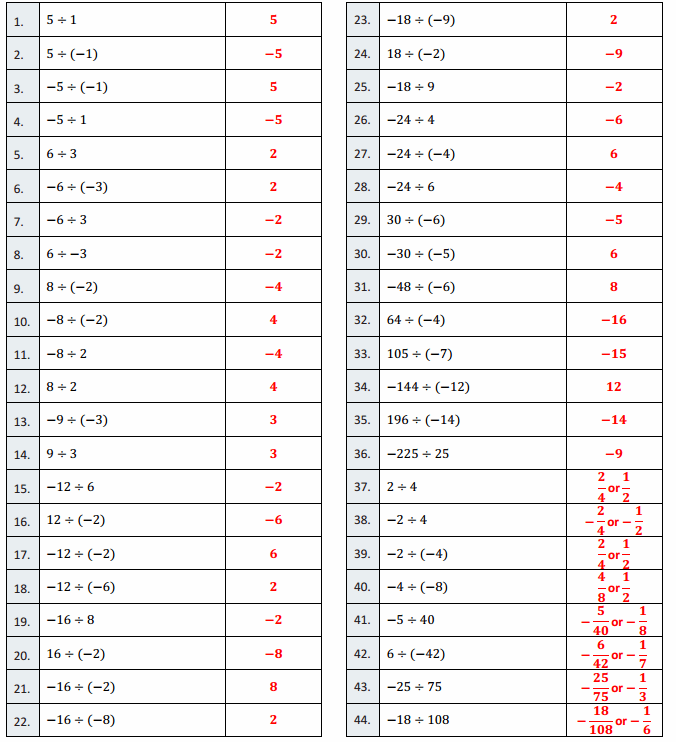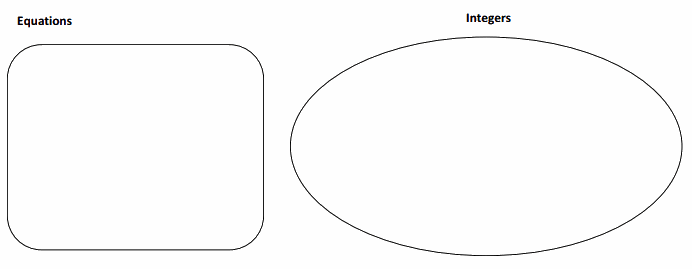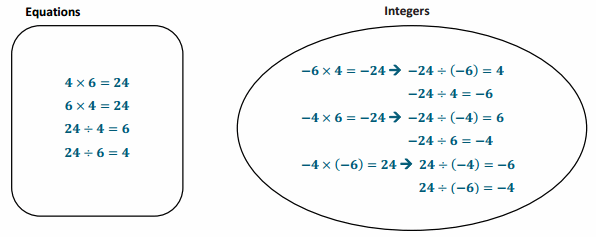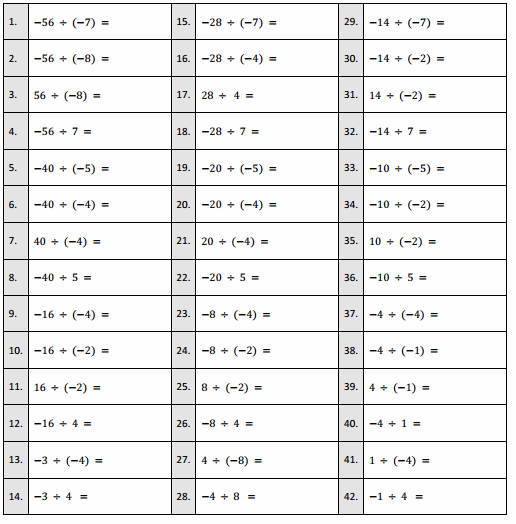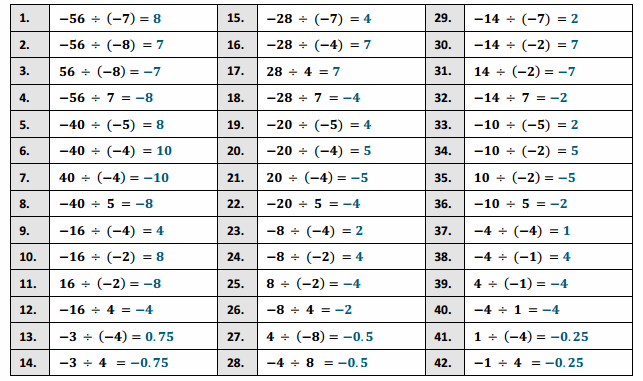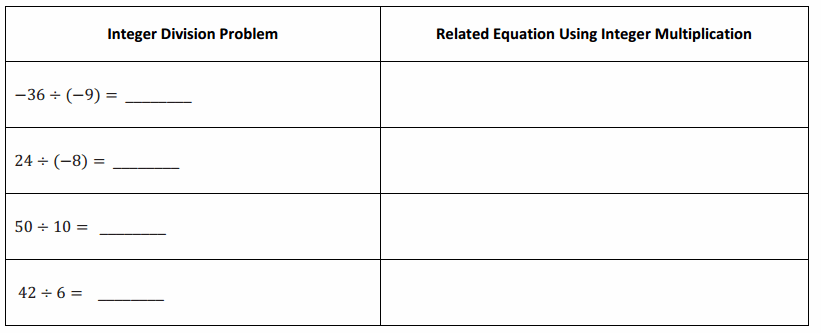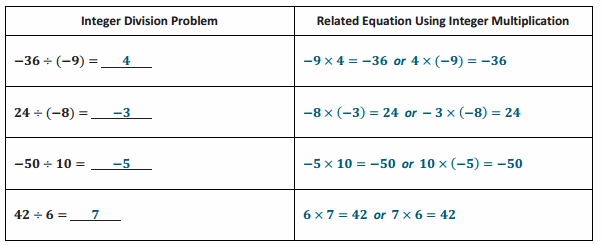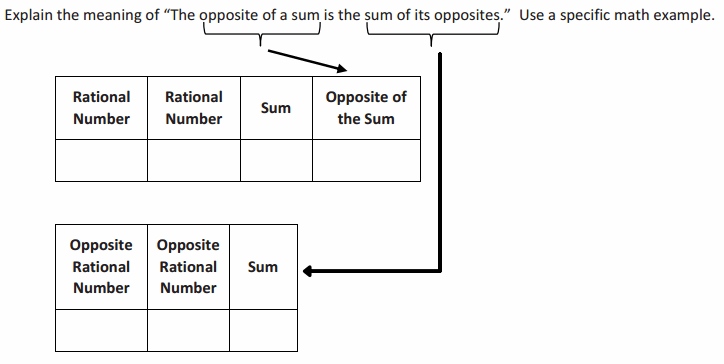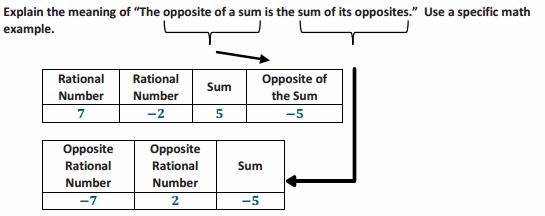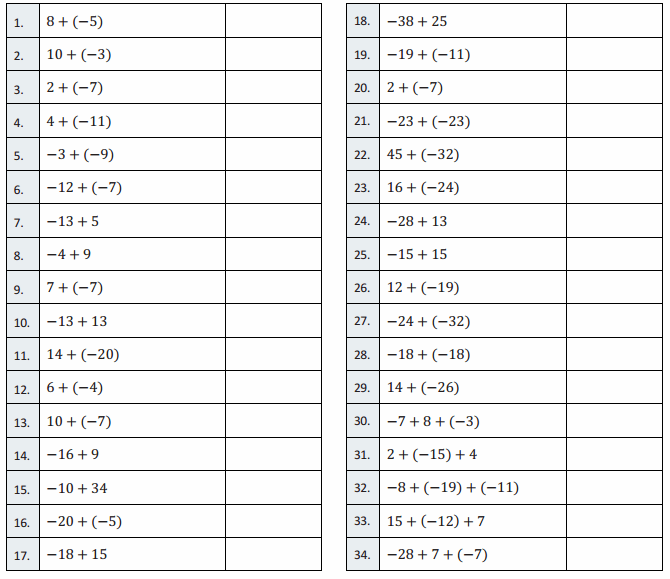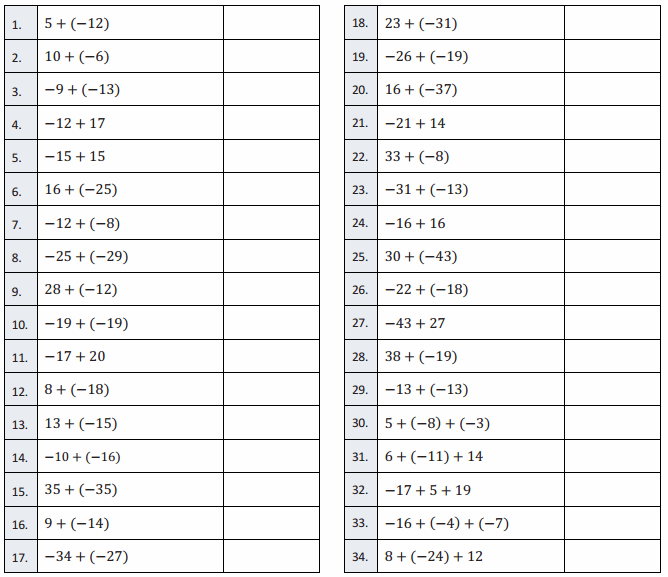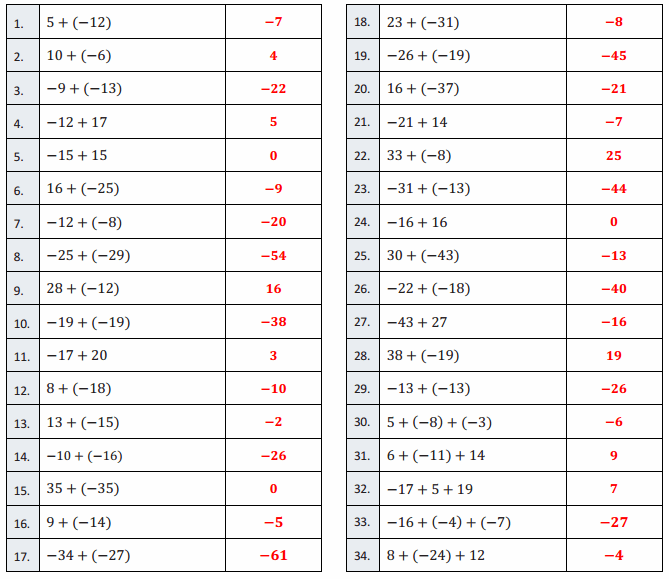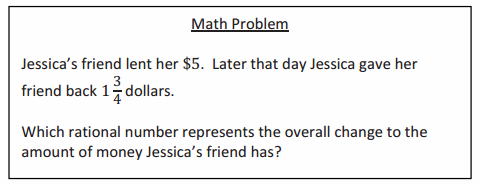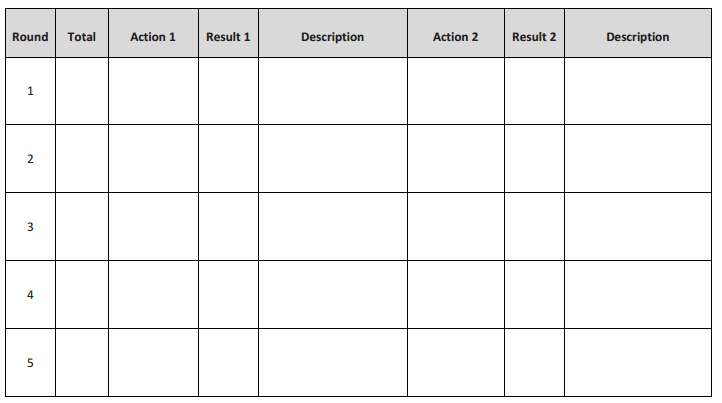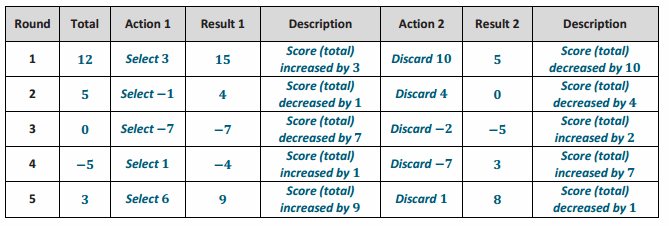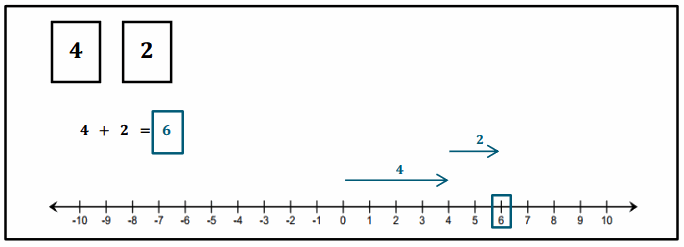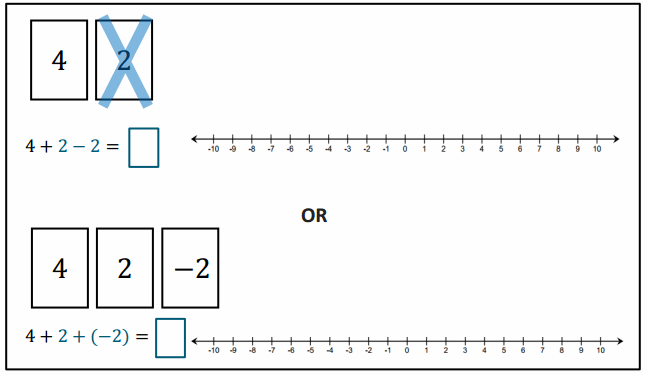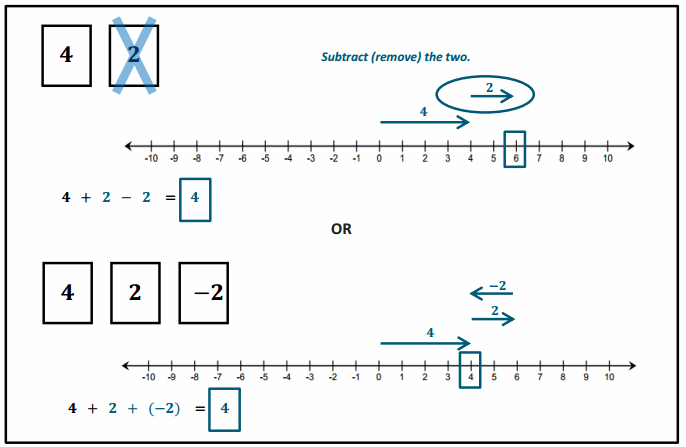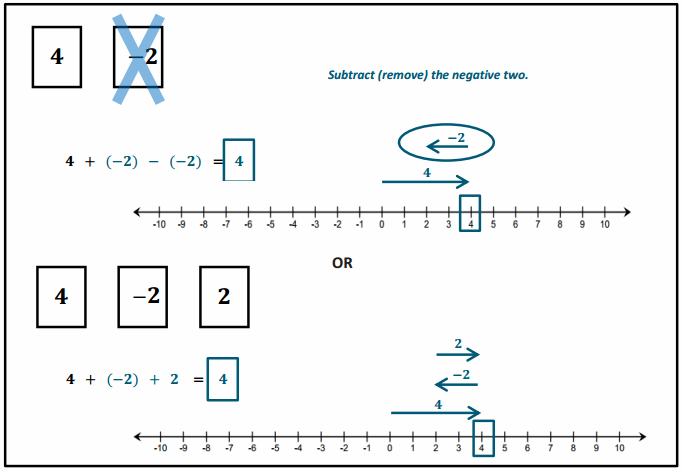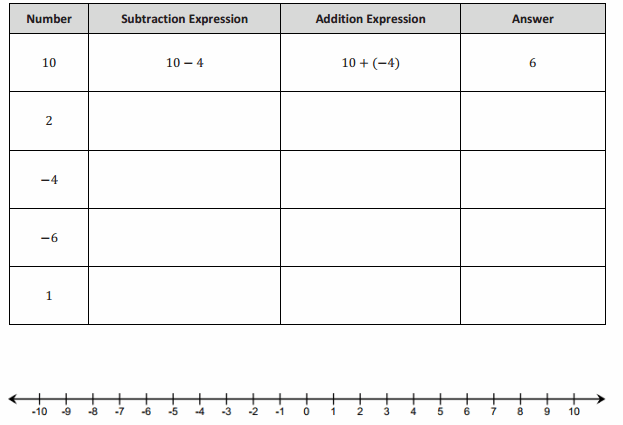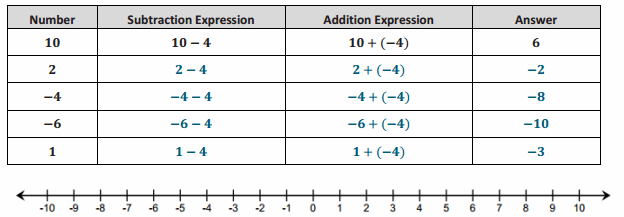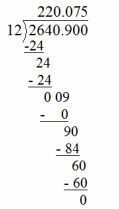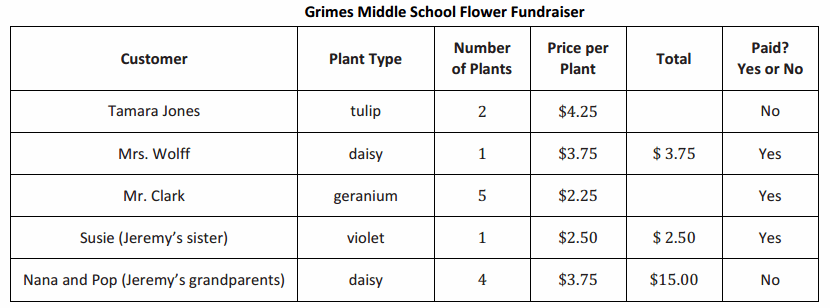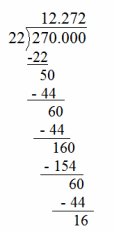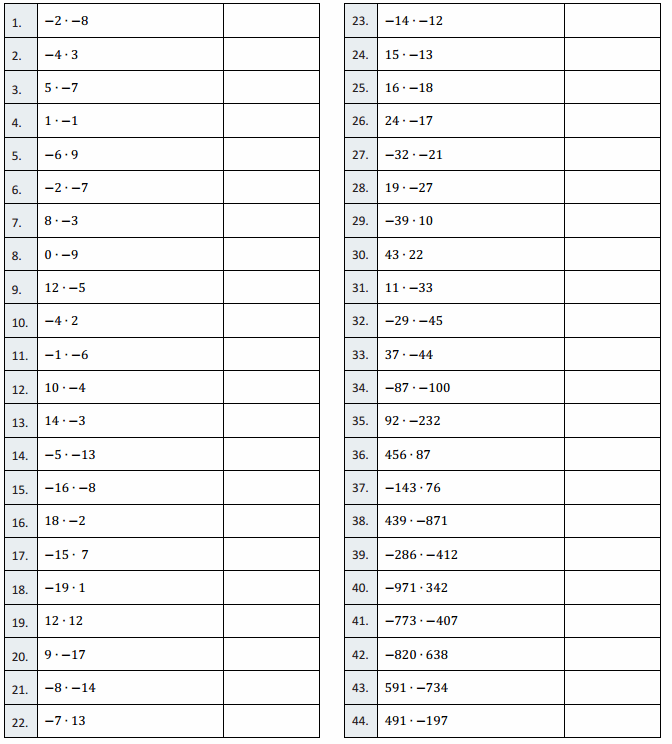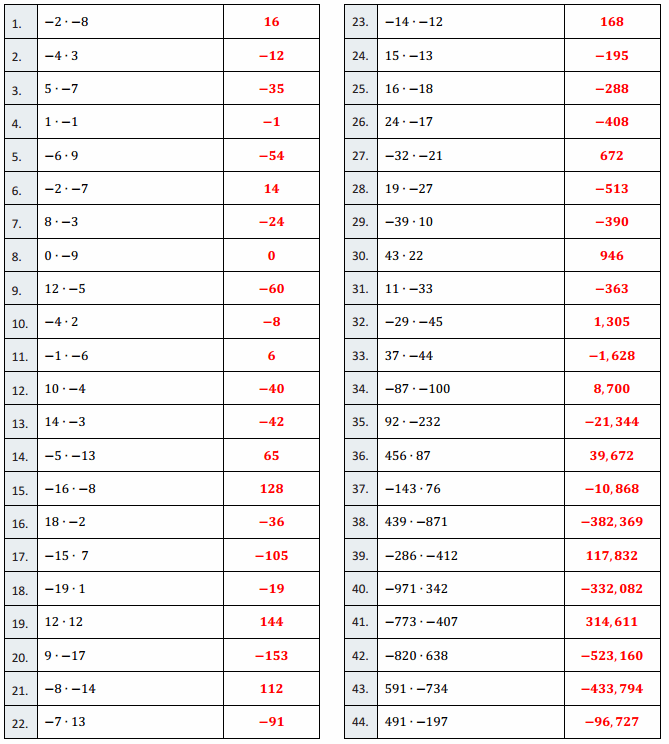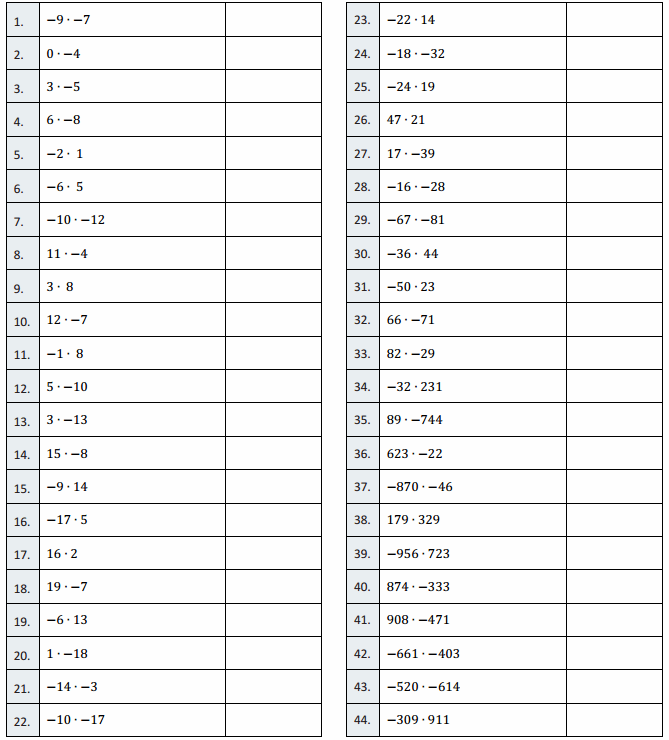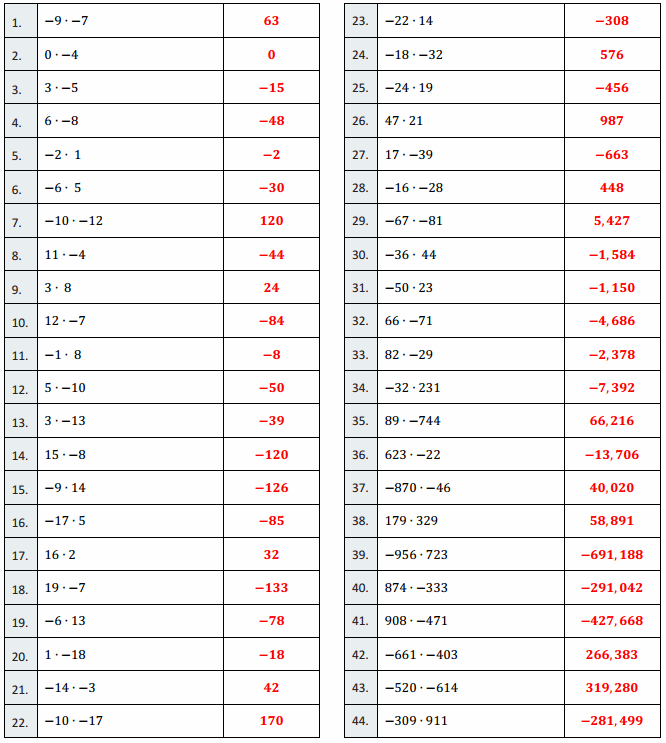Engage NY Eureka Math 6th Grade Module 1 Lesson 6 Answer Key
Eureka Math Grade 6 Module 1 Lesson 6 Exercise Answer Key
Exercise 1.
The Business Direct Hotel caters to people who travel for different types of business trips. On Saturday night there is not a lot of business travel, so the ratio of the number of occupied rooms to the number of unoccupied rooms is 2: 5. However, on Sunday night the ratio of the number of occupied rooms to the number of unoccupied rooms is 6: 1 due to the number of business people attending a large conference in the area. If the Business Direct Hotel has 432 occupied rooms on Sunday night, how many unoccupied rooms does it have on Saturday night?
Answer:

Exercise 2.
Peter is trying to work out by completing sit-ups and push-ups in order to gain muscle mass. Originally, Peter was completing five sit-ups for every three push-ups, but then he injured his shoulder. After the injury, Peter completed the same number of repetitions as he did before his injury, but he completed seven sit-ups for every one push-up. During a training session after his injury, Peter completed eight push-ups. How many push-ups was Peter completing before his injury?
Answer:
Peter was completing 24 push-ups before his injury.
Exercise 3.
Tom and Rob are brothers who like to make bets about the outcomes of different contests between them. Before the last bet, the ratio of the amount of Tom’s money to the amount of Rob’s money was 4: 7. Rob lost the latest competition, and now the ratio of the amount of Tom’s money to the amount of Rob’s money is 8: 3. If Rob had $280 before the last competition, how much does Rob have now that he lost the bet?
Answer:
Rob has $ 120.
Exercise 4.
A sporting goods store ordered new bikes and scooters. For every 3 bikes ordered, 4 scooters were ordered. However, bikes were way more popular than scooters, so the store changed its next order. The new ratio of the number of bikes ordered to the number of scooters ordered was 5: 2. If the same amount of sporting equipment was ordered in both orders and 64 scooters were ordered originally, how many bikes were ordered as part of the new order?
Answer:
80 bikes were ordered as part of the new order.
Exercise 5.
At the beginning of Grade 6, the ratio of the number of advanced math students to the number of regular math students was 3: 8. However, after taking placement tests, students were moved around changing the ratio of the number of advanced math students to the number of regular math students to 4: 7. How many students started in regular math and advanced math if there were 92 students in advanced math after the placement tests?
Answer:
There were 69 students in advanced math and 184 students in regular math before the placement tests,
Exercise 6.
During first semester, the ratio of the number of students in art class to the number of students in gym class was 2: 7. However, the art classes were really small, and the gym classes were large, so the principal changed students’ classes for second semester. In second semester, the ratio of the number of students in art class to the number of students in gym class was 5: 4. If 75 students were in art class second semester, how many were in art class and gym class first semester?
Answer:
There were 30 students in art class and 105 students in gym class during first semester.
Exercise 7.
Jeanette wants to save money, but she has not been good at it in the past. The ratio of the amount of money in Jeanette’s savings account to the amount of money in her checking account was 1: 6. Because Jeanette is trying to get better at saving money, she moves some money out of her checking account and into her savings account. Now, the ratio of the amount of money in her savings account to the amount of money in her checking account is 4: 3. If Jeanette had $936 in her checking account before moving money, how much money does Jeanette have in each account after moving money?
Answer:
Jeanette has $624 in her savings account and $468 in her checking account after moving money.
Eureka Math Grade 6 Module 1 Lesson 6 Problem Set Answer Key
Question 1.
Shelley compared the number of oak trees to the number of maple trees as part of a study about hardwood trees in a woodlot. She counted 9 maple trees to every 5 oak trees. Later in the year there was a bug problem and many trees died. New trees were planted to make sure there was the same number of trees as before the bug problem. The new ratio of the number of maple trees to the number of oak trees is 3: 11. After planting new trees, there were 132 oak trees. How many more maple trees were in the woodlot before the bug problem than after the bug problem? Explain.
Answer:
There were 72 more maple trees before the bug problem than after because there were 108 maples trees before the bug problem and 36 maple trees after the bug problem.
Question 2.
The school band is comprised of middle school students and high school students, but it always has the same maximum capacity. Last year the ratio of the number of middle school students to the number of high school students was 1: 8. However, this year the ratio of the number of middle school students to the number of high school students changed to 2: 7. If there are 18 middle school students in the band this year, how many fewer high school students are in the band this year compared to last year? Explain.
Answer:
There are 9 fewer high school students in the band this year when compared to last year because last year there were 72 high school students in the band, and this year there are only 63 high school students in the band.
Eureka Math Grade 6 Module 1 Lesson 6 Exit Ticket Answer Key
Question 1.
Students surveyed boys and girls separately to determine which sport was enjoyed the most. After completing the boy survey, it was determined that for every 3 boys who enjoyed soccer, 5 boys enjoyed basketball. The girl survey had a ratio of the number of girls who enjoyed soccer to the number of girls who enjoyed basketball of 7: 1. If the same number of boys and girls were surveyed, and 90 boys enjoy soccer, how many girls enjoy each sport?
Answer:
The girl survey would show that 210 girls enjoy soccer, and 30 girls enjoy basketball.




